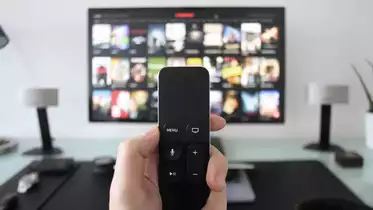Smart Android TVs offer a wealth of features and functionalities, but like any electronic device, they can encounter issues from time to time. From connectivity problems to software glitches, troubleshooting common problems on Smart Android TVs is essential for maintaining a seamless viewing experience. In this comprehensive guide, we’ll explore common issues that users may encounter with Smart Android TVs and provide detailed troubleshooting steps to help resolve them.

1. Wi-Fi Connectivity Issues:
One of the most common problems users encounter with Smart Android TVs is Wi-Fi connectivity issues. If your TV is having trouble connecting to Wi-Fi networks, start by ensuring that your Wi-Fi network is operational and that the network name (SSID) and password are entered correctly on your TV. Try restarting your Wi-Fi router and modem to refresh the connection.
If the issue persists, check for firmware updates for your Smart Android TV and install any available updates. Outdated firmware can cause compatibility issues with Wi-Fi networks. You can usually find firmware updates in the settings menu of your TV.
2. Slow Performance or Freezing:
If your Smart Android TV is experiencing slow performance or freezing, it may be due to insufficient memory or background processes. Start by closing any unused apps or background processes to free up memory. You can do this by accessing the app switcher or task manager on your TV and closing apps manually.
Additionally, consider clearing the cache and data of apps that you use frequently. This can help improve performance by removing temporary files and data that may be causing slowdowns. You can usually clear cache and data from the settings menu of your TV.
3. App Crashes or Unresponsiveness:
If apps on your Smart Android TV are crashing or becoming unresponsive, it may be due to software glitches or compatibility issues. Start by updating the apps on your TV to the latest versions available. You can usually do this from the Google Play Store app on your TV.
If updating the apps doesn’t resolve the issue, try uninstalling and reinstalling the problematic apps. This can help fix any corrupted files or data that may be causing the apps to crash or become unresponsive.
4. HDMI Connection Problems:
If you’re experiencing HDMI connection problems with external devices, such as gaming consoles or Blu-ray players, start by checking the HDMI cables and ports on your TV and the external device. Ensure that the cables are securely connected and that the ports are not damaged.
If the issue persists, try using a different HDMI cable or port to see if the problem is resolved. You can also try power cycling the external device by turning it off and unplugging it for a few minutes before plugging it back in and turning it on again.
5. Remote Control Issues:
If you’re having trouble with the remote control for your Smart Android TV, start by checking the batteries and ensuring that they are inserted correctly. If the batteries are low or depleted, replace them with fresh ones.
If the remote control is still not working, try pairing it again with your TV. You can usually do this by pressing the pairing button on the remote control and following the on-screen instructions on your TV.
Troubleshooting common problems on Smart Android TVs is essential for maintaining a seamless viewing experience. By following the troubleshooting steps outlined in this guide, you can address issues such as Wi-Fi connectivity problems, slow performance, app crashes, HDMI connection problems, and remote control issues. Whether it’s updating firmware, clearing cache and data, uninstalling and reinstalling apps, or power cycling devices, these troubleshooting tips can help you resolve common issues and get your Smart Android TV back up and running smoothly.








Good morning TV screen is dark and unable to see the pictures clarely